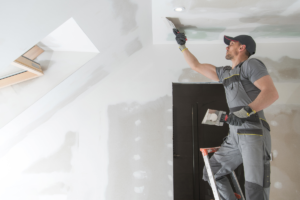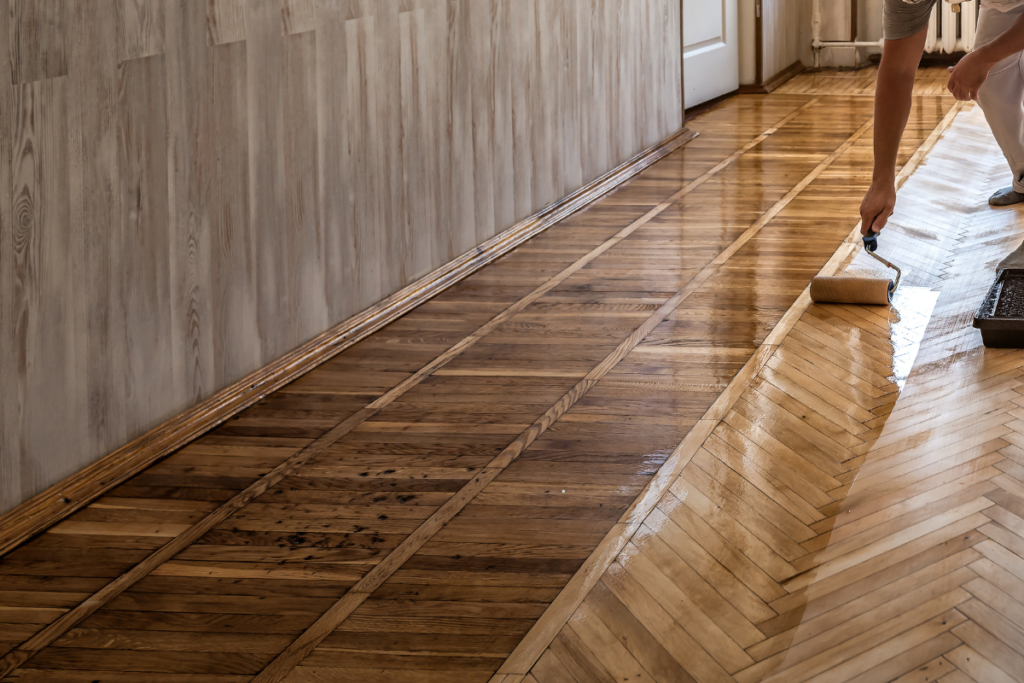 Introduction to Finishes Specialities Estimating:
Introduction to Finishes Specialities Estimating:
Finishes Specialities Estimating plays a critical role in the construction process, ensuring that interior design elements and finishing details are completed accurately and within budget. It is often one of the final steps in a project and can make or break the overall aesthetic and functionality of a space. From intricate mill work to specialty coatings, finishes specialties encompass a wide range of products and services that require careful planning and precise cost forecasting.
In this article, we’ll explore the importance of finishes specialties estimating, key factors that influence its accuracy, and practical tips to improve your estimating process. Whether you’re working on commercial, residential, or industrial projects, mastering finishes specialties estimating can help you avoid expensive overruns, improve project timelines, and ultimately deliver high-quality results.
Understanding Finishes Specialities in Construction
Before diving into the nuances of finishes specialties estimating, it’s essential to define what falls under the umbrella of finishes and specialties. These components often include the following:
- Interior finishes: Paint, wallpaper, and decorative finishes on walls, ceilings, and floors.
- Mill work and carpentry: Custom cabinetry, moldings, baseboards, and trims.
- Partitions and specialty walls: Acoustical partitions, glass walls, and demount-able partitions.
- Ceiling finishes: Suspended ceilings, decorative tiles, and soundproofing elements.
- Flooring materials: Hardwood, vinyl, carpet, and ceramic tiles.
- Signage and way finding systems: Interior and exterior signage, ADA-compliant signs, and directional indicators.
- Miscellaneous specialties: Bathroom accessories, lockers, and handrails.
Each of these components requires careful consideration in terms of material costs, labor, and installation methods.
Why Is Finishes Specialities Estimating Important?
Accurate finishes specialties estimating ensures that the construction project stays on budget and meets the required standards of quality. It is often the final stage of a build, which means any errors at this point can have significant consequences, both financially and aesthetically. Poor estimation can lead to under funding, delays in project timelines, and dissatisfied clients. Conversely, overestimating can result in wasted resources and inflated project costs.
The precision of finishes specialties estimating can affect:
- Project budget control: Ensuring no cost overruns.
- Client satisfaction: Delivering the finished space as envisioned.
- Project timeline: Timely ordering of materials and efficient scheduling of labor.
Factors Influencing Finishes Specialities Estimating
- Material Selection Material costs can vary significantly depending on the type, quality, and brand of finishes used. Luxury materials such as marble or custom woodwork will drive up costs, while more economical options like laminate or standard-grade finishes might help keep the budget in check. Accurate material takeoffs are crucial in estimating the right quantities and prices for these finishes.
- Labor Costs Labor costs for finishes specialties can fluctuate depending on the complexity of the installation and the skill level required. For instance, intricate custom mill work might require highly skilled craftsmen, which will increase labor expenses compared to standard installations like drywall.
- Geographic Location The location of the project can have a substantial impact on estimating costs. Construction labor rates and material availability vary widely from region to region. Urban areas may have higher labor costs, while remote areas may see increased transportation costs for specialty materials.
- Project Complexity The complexity of the project affects the amount of time and resources required for installation. For example, complex design elements or the integration of multiple specialty finishes may require more time and coordination, impacting both labor and material costs.
- Waste Factors Accounting for potential waste and overages is vital in finishes specialties estimating. Some materials like tiles or paint may require extra quantities to account for cuts, mistakes, or future repairs.
- Market Conditions Fluctuations in the construction market, including supply chain disruptions or material shortages, can impact the cost of finishes. It’s important to factor in any potential market volatility when estimating, especially for long-term projects.
Tips for Accurate Finishes Specialities Estimating
- Use Professional Estimating Software Utilizing specialized estimating software can improve accuracy and efficiency. Tools like Plan Swift, Pro Est, and Blue beam can help streamline the process by allowing estimators to generate detailed takeoffs, apply labor rates, and calculate material quantities.
- Stay Updated on Industry Standards The construction industry is constantly evolving, with new materials, techniques, and standards emerging regularly. Staying informed about these changes ensures that your estimates reflect current best practices, pricing trends, and compliance with building codes.
- Collaborate with Subcontractors Engaging early with subcontractors who specialize in finishes and specialties can provide valuable insights into cost-saving measures or potential challenges. Subcontractors can offer detailed input on labor costs, installation complexities, and the material procurement process.
- Allow for Contingency Costs No estimate is perfect, and unforeseen issues often arise during the construction process. Including a contingency budget (usually 5-10% of the total estimate) helps cover unexpected expenses like material price increases or design changes.
- Review and Revise Regularly Regularly reviewing and revising your estimates based on project progress can help avoid surprises down the line. Keeping track of changes in scope, design adjustments, and material availability ensures that your estimate remains relevant throughout the project lifecycle.
Common Pitfalls in Finishes Specialities Estimating
- Underestimating Labor Requirements Labor costs for specialty finishes can be tricky to estimate, especially when dealing with custom elements or new installation methods. Be sure to account for the experience level required and any potential installation challenges.
- Overlooking Small Details Even the smallest finishes, like door hardware or trim, can add up quickly. Failing to include these in your estimate can result in budget shortfalls that impact the entire project.
- Ignoring Lead Times Specialty finishes, especially custom orders, can have long lead times. Failure to account for this in your estimate can delay project timelines and increase costs as other trades may have to be rescheduled.
Mastering finishes specialities estimating is key to delivering high-quality construction projects that meet budget and time constraints. Accurate estimation not only ensures financial success but also enhances the overall satisfaction of clients by delivering beautiful, well-finished spaces. By understanding the critical factors that affect estimates and following best practices, you can avoid costly mistakes and streamline your estimating process, ensuring success in every project.
Are you looking for the best estimating services in USA?
Look no further than “https://zionestimating.com”
They are offering top-notch services like;
- Construction/cost estimation
- Budget planning
- Material takeoff
- Equipment estimation
and further more!!!
Here are some more information for your convenience:
Phone no. : +1 718-427-9941 || +1 562-383-6177
Email:[email protected]
Visit their blogs and site
https://zionestimating.com for the latest updates and service tips!
